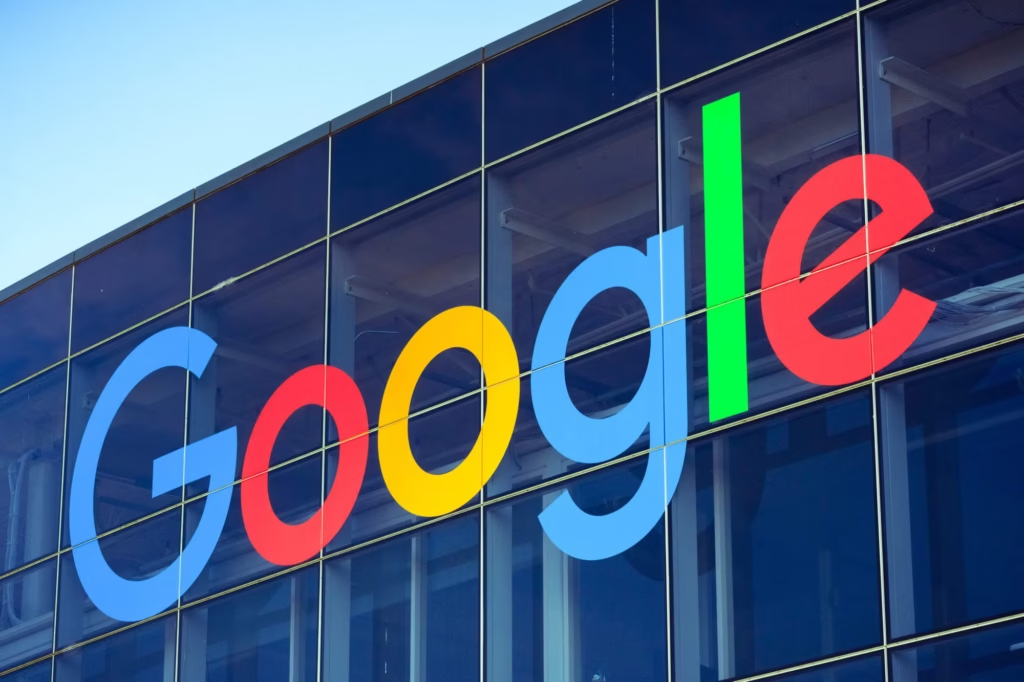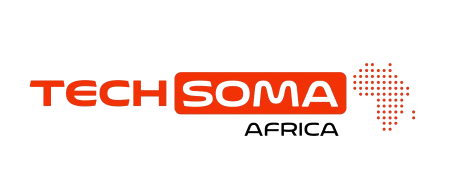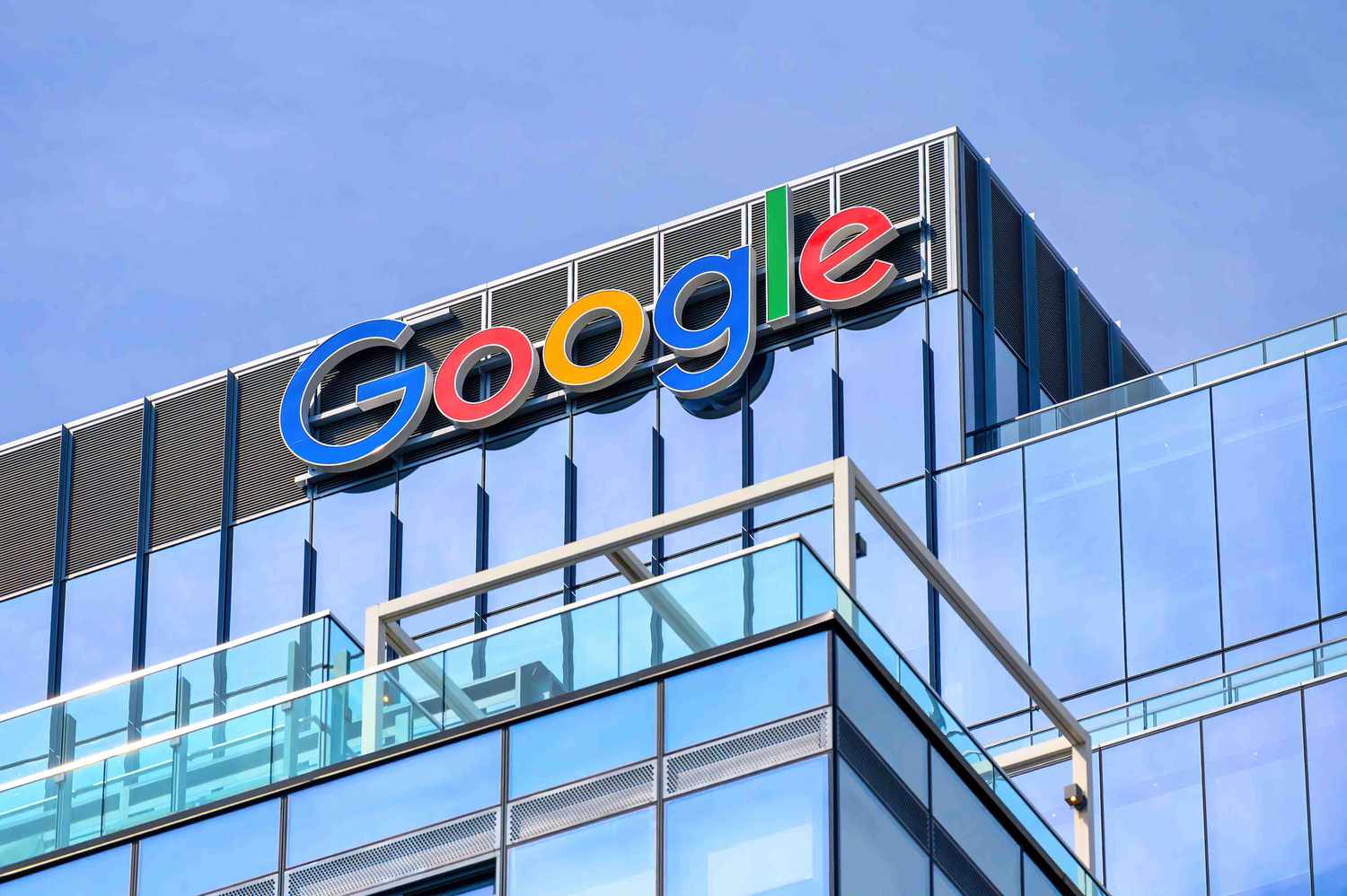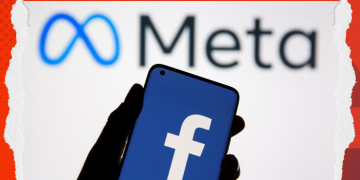Google has quietly slashed its smart TV platform budget by 10% and laid off roughly a quarter of its 300-person TV team, marking the clearest sign yet that the tech giant is retreating from the living room hardware race to double down on YouTube.
The cuts affect Google TV and Android TV, the operating systems that power the company’s streaming devices and third-party smart TVs from brands like Hisense and TCL. According to sources familiar with the matter, the smart TV group’s budget was under $500 million before the reduction.
YouTube generated over $50 billion in revenue for the 12-month period ending September 2024, making it one of Google’s fastest-growing divisions and a cornerstone of parent company Alphabet’s $110 billion annual run rate.
Sources say Google is treating YouTube internally like a separate empire, with new leadership searches underway to scale its paid services and infrastructure. The platform has become the dominant force in living room viewing, with YouTube CEO Neil Mohan claiming earlier this year that TV is now the primary device for YouTube viewing in the United States.
The budget cuts hit just as Google prepares to launch major updates to its TV platform. The company plans to integrate its Gemini AI assistant into Google TV later this year, promising to modernize how users interact with their televisions through natural language commands and smarter content recommendations.
But the timing suggests Google sees more value in making YouTube feel like a traditional streaming service than in competing directly with Roku, Amazon Fire TV, or Samsung’s Tizen platform. Reports indicate YouTube is working on a major redesign to make its TV app look more like Netflix or Disney+, with better organization of paid shows and premium content.
Google’s retreat from smart TV hardware development reflects broader challenges in the connected TV market. Despite having over 270 million Android TV devices in use globally, Google has struggled to match the market penetration of competitors like Roku and Amazon, which have built entire ecosystems around their streaming platforms.
The company recently discontinued its popular Chromecast line in favor of the more expensive Google TV Streamer, a move that signaled a shift away from budget-friendly streaming dongles toward premium hardware. But with streaming device sales slowing industry-wide and smart TVs increasingly shipping with built-in platforms, Google appears to be acknowledging that hardware may not be its path to living room dominance.

Instead, the company is betting that YouTube’s content library and advertising revenue will prove more valuable than controlling the underlying TV operating system. YouTube TV, Google’s live television streaming service, has grown to 8 million subscribers and represents a direct challenge to traditional cable providers.
The strategic shift also reflects YouTube’s unique position in the streaming wars. Unlike Netflix or Disney+, which rely primarily on subscription revenue, YouTube combines advertising income with premium subscriptions, creating multiple revenue streams from the same content and audience.
Google recently hired longtime Disney executive Justin Connolly as YouTube’s global head of sports and media, a move that prompted Disney to file a breach-of-contract lawsuit. The hire signals YouTube’s ambitions to compete more directly with traditional media companies for premium sports and entertainment content.
Despite the budget cuts, Google maintains it remains committed to Google TV development. A company spokesperson said the team is exploring international hiring to offset domestic reductions and promised “an exciting road map ahead” for the platform.
The cuts are part of broader cost-reduction efforts across Google’s platforms and devices division, which has offered voluntary buyouts and conducted layoffs over the past year. The company appears to be focusing resources on AI development and cloud services while scaling back hardware initiatives that haven’t achieved dominant market positions.
For consumers, the changes likely mean fewer resources devoted to Google TV features and slower development of new capabilities. However, the integration of Gemini AI could still deliver meaningful improvements to the user experience, particularly in content discovery and voice control.
The streaming device market continues to evolve rapidly, with smart TV manufacturers increasingly building their own platforms or partnering with established players like Roku. Google’s decision to prioritize YouTube over Google TV suggests the company believes content and services matter more than controlling the hardware layer.
This strategic pivot mirrors broader trends in the tech industry, where companies are focusing on platforms and services that generate recurring revenue rather than one-time hardware sales. For Google, YouTube’s advertising and subscription model offers more predictable income than selling streaming devices or licensing TV software.














Comments 1